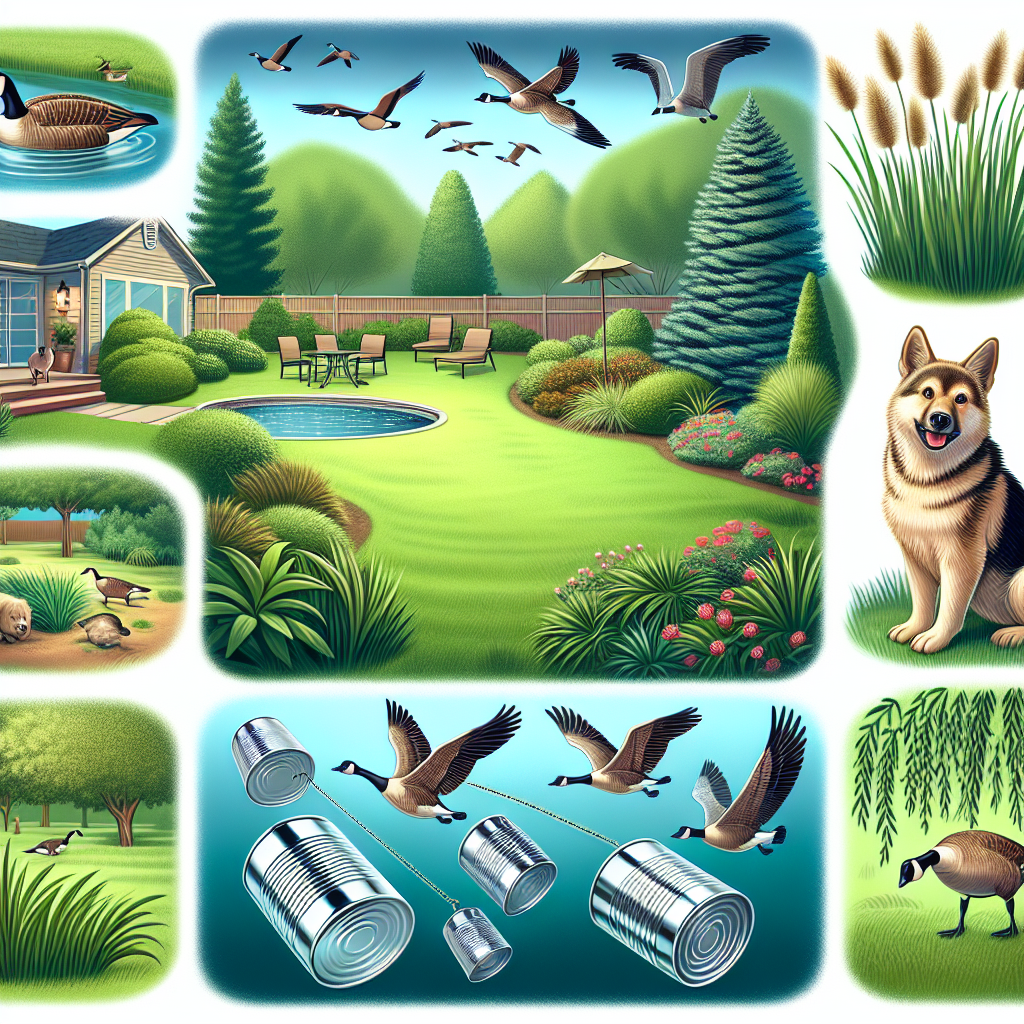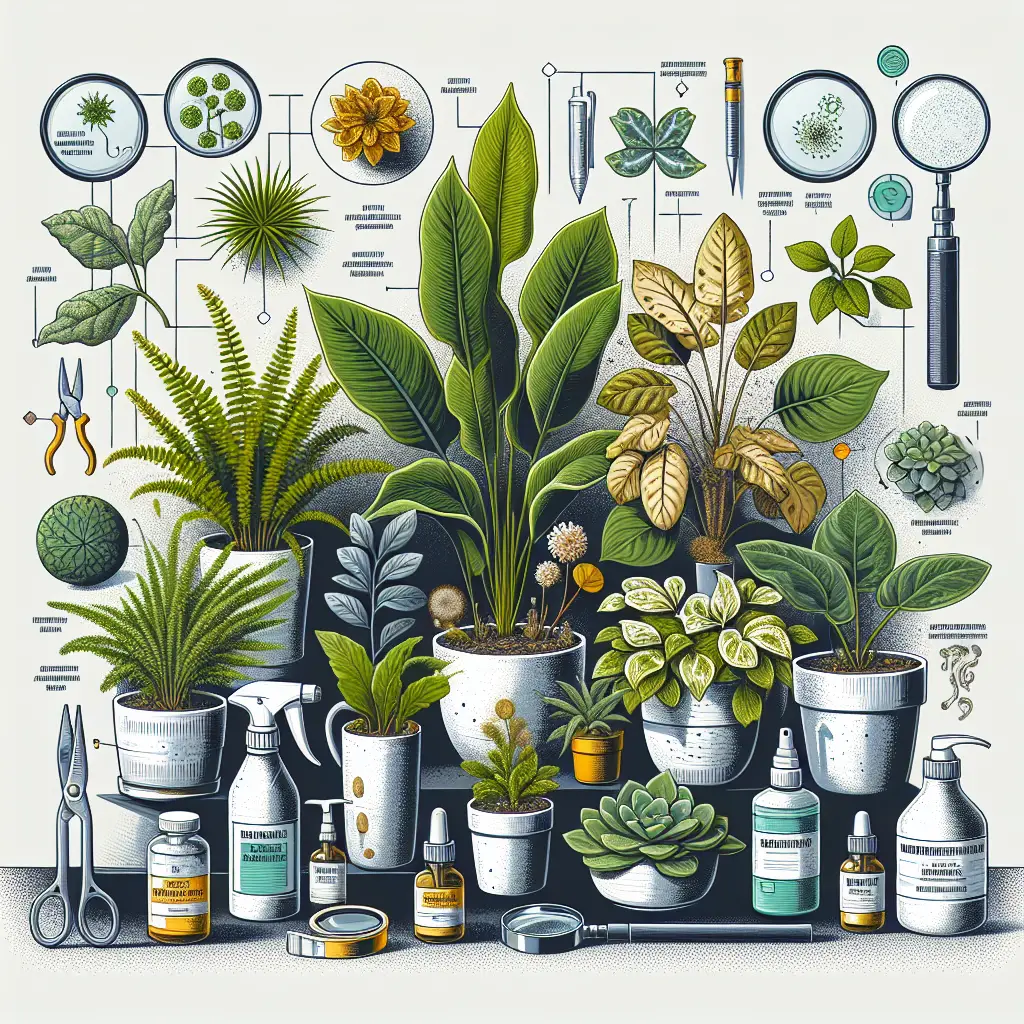The Dos and Don’ts of Winter Plant Watering
Updated July 3, 2024 at 7:18 am

Understanding Your Plant’s Winter Needs
When the temperature drops and the days grow shorter, your green friends inside the house need special attention. Let’s dive into the essentials of winter plant watering, with a spin on ensuring your plants not only survive but thrive during the chilly season. Caring for your plants in winter requires a shift in routine, akin to how we swap out our wardrobe for something more snug. It’s about finding that sweet spot between overwatering and underwatering—the ‘Goldilocks zone’ for plant hydration.
Observing Winter Dormancy
Firstly, you might notice your plants are taking a bit of a snooze. That’s right, many houseplants go through a dormant period in winter, expending less energy as growth slows down. This hibernation-like state means your plant’s thirst isn’t as great as during the booming days of summer.
Assessing Moisture Levels
One of the biggest favors you can do for your plants is to monitor the soil’s moisture level. Using a soil moisture meter can be a game-changer here. These nifty devices give you a clear indication of when it’s time to water. Simply stick the probe into the soil, and it’ll tell you if the soil is dry, moist, or wet. Many gardeners swear by Thirsty Soil! Moisture Meter—a durable and easy-to-read tool. According to several reviews, it’s accurate, doesn’t require batteries, and is a lifesaver for those who tend to love their plants a little too much with their watering can.
Find This and More on Amazon
Tips Before You Drip: Winter Watering Advice
Here’s a handy list of do’s and don’ts to keep your plants happy and healthy throughout the colder months:
-
Check before you water:
Dip your finger into the soil about an inch deep. If it feels dry, go ahead and water; if not, wait a few days and check again. -
Early morning watering:
Offer your plant a drink in the morning so it has the whole day to absorb moisture before the cooler night temperatures set in. -
Use tepid water:
Plants are sensitive to temperature changes. Always use lukewarm water to avoid shocking their roots. -
Examine the leaves:
Leaves can show signs of watering issues—yellow or brown leaves could indicate overwatering, while droopy leaves might mean underhydration.
Adapting Watering Schedules to Indoor Conditions
Don’t forget that indoor heating can create arid conditions similar to a desert climate. Even though plants need less water in winter, the dry air can cause soil to dry out more quickly. Keep an eye on humidity-loving plants that might be struggling in a low-humidity room. Consider investing in a humidifier, like the MistAire Ultrasonic Cool Mist Humidifier. People are raving about its quiet operation and adjustable mist settings, which can create an ideal environment for tropical plants craving high humidity.
Find This and More on Amazon
Identifying Plant Water Requirements
Some plants might be native to warmer climes and require consistent moisture levels year-round. If you’ve got a thirsty plant such as an Alocasia or a moisture-loving fern, the watering frequency might not drop as much as you’d think. Always research individual care requirements for your plant family, since watering isn’t a one-size-fits-all deal.
Dealing with Common Winter Watering Issues
Browning leaf tips could indicate your plant is getting too much fluoride from the tap water. If this is the case, switching to filtered or rainwater can make all the difference. In other instances, leaves might turn yellow and drop due to overwatering or shock from cold water. Remember, moderation and observation are key when it comes to winter watering.
Plant Hydration and Light Availability
Another aspect to consider is light—shorter days mean less sunlight, which means less photosynthesis and water usage for plants. If your plant isn’t getting as much light as it’s used to, adjust your watering accordingly. Look for signs of growth or stagnation as guides for your watering schedule.
Final Thoughts on Winter Plant Care
Caring for your plants in winter doesn’t have to be a daunting task. With the right tools, like moisture meters and humidifiers, along with your keen observation, you’ll navigate this cold season like a pro. Remember, each plant has its personality and preferences; getting to know them is part of the joy of plant parenthood. Happy winter gardening!
Ensuring Adequate Drainage During the Cold Season
While discussing proper watering techniques, we can’t overlook the importance of good drainage. You might think about winter-proofing your house, but it’s just as essential to winter-proof your plant setup. Overwatering can lead to root rot, especially in the winter, when plants absorb water more slowly. Make sure your plant pots have enough drainage holes and consider adding a layer of gravel or perlite at the bottom to ensure excess water can escape. A well-draining potting mix, often available as an indoor potting soil such as Miracle-Gro Indoor Potting Mix, also helps. This particular mix is crafted without compost or bark, which are known to shelter fungus gnats, and it is blended for a wide variety of container plants. Customer feedback praises its resistance to gnats and ability to retain moisture without becoming waterlogged.
Find This and More on Amazon
Grouping Plants for Shared Humidity
Did you know that plants can be each other’s best friends when it comes to humidity? Grouping your plants together can create a microclimate with higher humidity levels due to their collective transpiration. This is especially useful for those who don’t fancy investing in a humidifier. Be mindful, though, not to overcrowd them, or you might invite pests and diseases. Plants like company, just like us, but they also treasure their personal space!
Adjusting to Your Plant’s Lifecycle
It’s fascinating, really. Like animals, plants have life cycles and winter often signals a rest period where they conserve energy. This means they’re also likely conserving water. Adjust your watering schedule with this in mind and always be prepared to adapt. For example, your Snake plant or ZZ plant will likely require much less watering in the cooler months compared to the Fiddle Leaf Fig which, despite its slow growth, prefers consistently moist soil. Forrest Green, a popular houseplant brand, offers an extensive range of plant varieties and care instructions that can be of assistance when understanding your plant’s specific winter requirements.
Recognizing Changes in Water Intake
We talked about dormancy and light changes, but let’s not forget about your plant’s subtle signals. It’s not just about the soil—pay attention to the leaves, stems, and even the weight of the pot. A lighter pot often indicates drier soil. There are stages before the visible drying of leaves or wilting that, if you’re attentive, can prevent you from reaching that point of stress for your plant. Some plants will have curling leaves when they’re thirsty, while others may droop. Learning these cues is a bit like becoming fluent in another language—the language of your verdant friends.
Using Water Additives Sparingly
Sometimes we’re tempted to give our plants a little boost with water additives like fertilizers. However, winter isn’t the prime time for this, since plant growth is slow and the need for extra nutrients lowers. When you do use them, go for gentle, organic options, like liquid seaweed or fish emulsion, which support health without overwhelming the plant. And remember, always follow the ‘less is more’ philosophy when it comes to winter fertilizing. Espoma Organic Indoor Plant Food is a favored choice, credited for its gentle formulation suited for all houseplants and its ability to promote growth without causing fertilizer burn, which can be a risk with more potent chemical fertilizers.
Find This and More on Amazon
Counteracting the Effects of Central Heating
It’s not just the cool air outside that affects your plants, but also the dry heat from your furnace or heaters inside. Central heating can lead to rapid soil drying. One way to mitigate this is by placing water trays near your plants to add moisture to the air or occasionally misting the leaves. Just be aware that too much misting can promote fungal diseases if not done correctly. If you’re a fan of tech solutions, a hygrometer can help you monitor the room’s humidity accurately. The ThermPro Digital Hygrometer is a popular model, appreciated for its clear display and accurate readings, making the maintaining of optimum plant health simpler and more precise.
Protecting Plants from Cold Drafts
Just as you don’t like sitting in a draft, neither do your plants. Cold drafts from windows or doors can shock plants and mimic frostbite effects. If you must place a plant near a window for light, ensure it’s insulated. This may mean moving plants away from chilly areas or even investing in thermal curtains to help buffer the cold. Some caretakers use Plant Heating Mats like the Vivosun Waterproof Seedling Heat Mat, to give their plants a cozy warmth boost. User experiences suggest it provides consistent, gentle heat that can help maintain stable soil temperatures, contributing to healthier plant conditions in the winter.
Find This and More on Amazon
Selecting the Right Soil for Winter Watering
Choosing the right type of soil is paramount to your plants’ health during the winter months. Not all soils are created equal, and using the wrong one can be detrimental to your plant’s ability to absorb the right amount of water. For example, a soil mix that retains too much water can lead to root rot, while one that’s too sandy may dry out too quickly. An ideal winter soil mix should be well-aerating and fast-draining to compensate for the reduced water usage by plants during their dormant period. Brands like FoxFarm offer specific soil blends such as FoxFarm Ocean Forest Potting Soil, which is well-reviewed for its balanced pH and mix of natural fertilizers that help root growth without becoming too dense.
Find This and More on Amazon
Avoiding Overwatering and Underwatering
One of the trickiest aspects of winter plant care is walking the line between overwatering and underwatering. It’s a balance that requires attention and understanding of your plant’s specific needs. A plant with drooping, limp leaves may look like it needs water, but this can also be a sign of overwatering. Conversely, a plant that needs water may have dry, crispy leaves, a clear sign of underwatering. It is essential to take note of these cues and act accordingly. Products such as the Aqua Globe Mini – Decorative Hand-blown Glass Small Plant Watering Bulbs are claimed to be helpful by many for ensuring plants receive the right amount of water. These globes slowly release water into the soil as needed and can be a helpful tool for those uncertain about their watering regimes.
Find This and More on Amazon
Recognizing the Signs of a Plant in Distress
A keen eye can save a plant’s life. Winter stress can show up in many ways – from the yellowing of leaves to pests taking advantage of a weakened plant. It’s important to be alert and ready to respond. For example, if you see spider mites or whiteflies, don’t panic. There are solutions like Neem Oil, an organic pesticide that is effective against a variety of pests and diseases. Neem oil is gentle on the plants and can combat the problem without harsh chemicals. Reviews for products like Safer Brand Neem Oil suggest that it’s an effective treatment to keep these pests at bay while being safe for use indoors.
Find This and More on Amazon
Maximizing Insulation for Plant Warmth
Insulation isn’t just for your home; your plants can benefit from it too. During winter, keeping the root zone warm is crucial for some plants’ survival. You might want to look into plant insulators, like foam plant covers or even a simple layer of mulch, to help maintain a consistent temperature. While mulch is more commonly seen in outdoor gardens, even indoor potted plants can benefit from a small layer of mulch to act as an insulator and keep the roots from getting too cold. Some gardeners have found creative solutions, like placing corks or Styrofoam peanuts at the bottom of pots, to create an additional layer of insulation.
Nurturing Your Plants Through Winter
Ultimately, taking care of your plants during the winter can be a nurturing process for both you and your leafy companions. Sharing the space with plants can brighten the shorter days and provide a feeling of life in the stillness of winter. By understanding each plant’s specific needs and reacting to their cues, you’ll help them not just survive but flourish through the cold months. As you observe your plants closely, you become more in-tune with the rhythm of nature, even in an indoor setting.
Winter Watering Wisdom: Key Takeaways
Let’s wrap it up with some key takeaways to remember for winter plant watering success: Keep an eye out for signs of dormancy and adjust your watering accordingly, use a soil moisture meter to take the guesswork out of watering, implement the proper tools and soil to ensure adequate hydration and drainage, safeguard your plants from the dry heat of central heating and cold drafts, and be vigilant for signs of distress. With these tips in mind, you can ensure that your green friends remain perky and vibrant until spring’s return. Now, it’s time to enjoy the quiet beauty of your indoor garden, even as the winds howl outside. Happy planting!
Shop more on Amazon

